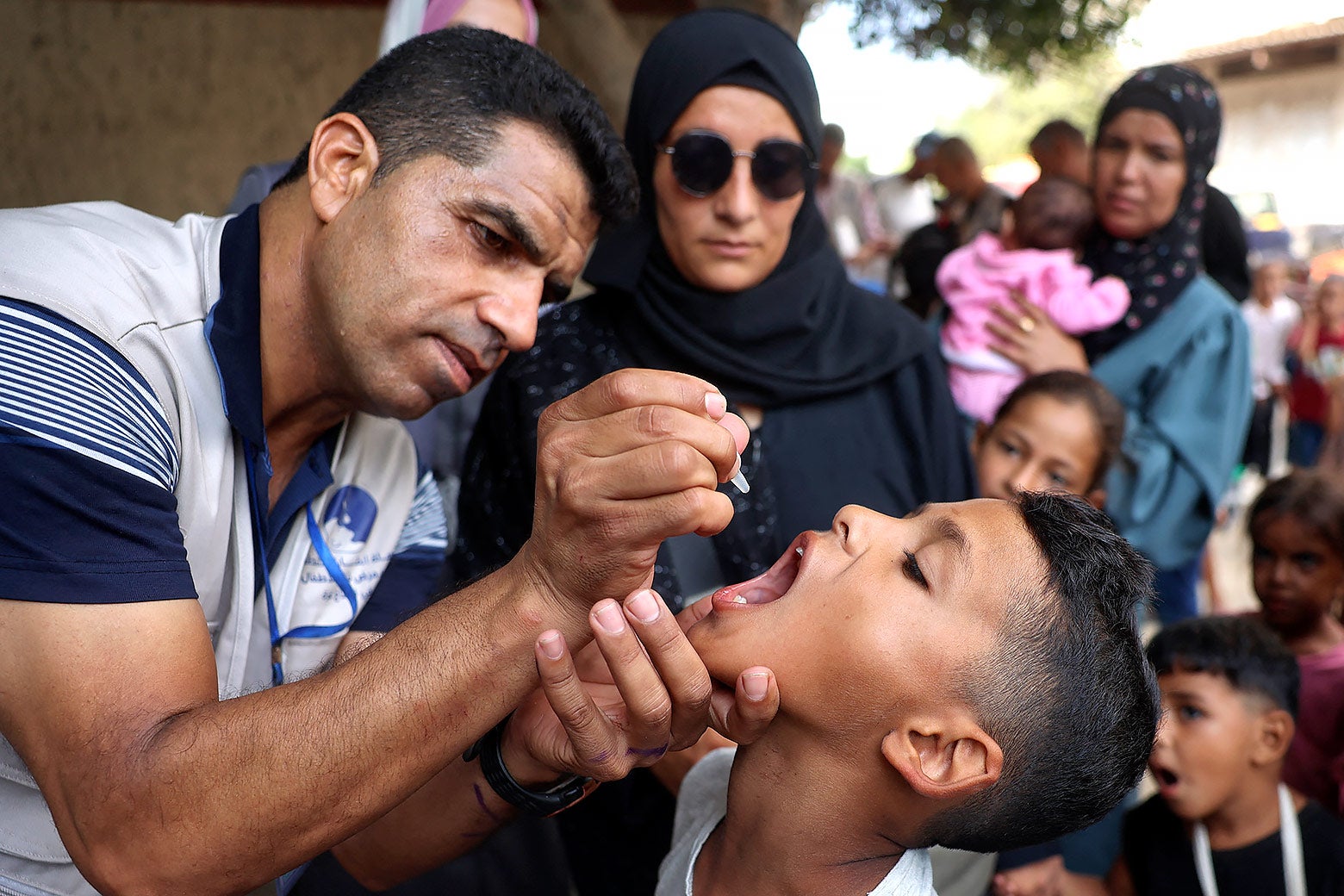Politics
A Hidden Threat to Gaza: Beyond Bullets and Bombs

In the midst of the ongoing conflict between Israel and Hamas, residents in Gaza are grappling with the grave consequences of war, particularly concerning health and access to basic necessities. Ruwaida Amer illustrates that the situation extends far beyond the immediate threat of bombs and rockets; it encompasses a suffocating reality of scarce clean water, rampant disease, and the deteriorating health care system.
Citizens of Gaza are living under constant fear, with many voices calling for an end to hostilities. As the conflict stretches into its second year, the struggles of daily life continue to intensify due to the worsening siege conditions. The population faces severe shortages of food, clothing, and essential supplies as borders remain closed and aid trickles in irregularly.
Life now feels unrecognizable compared to the past; access to basic resources like water has become a struggle. Previously reliable sources of clean water have diminished dramatically, with families currently receiving fresh water only about three days a week. The available water is often contaminated, instigating health crises. Ruwaida has experienced firsthand the detrimental health effects of consuming this polluted water, complicating already precarious health conditions in her family.
The war has wreaked havoc on Gaza’s infrastructure, with the destruction of desalination plants and inadequate municipal services leading to severe pollution problems. With waste littering the streets and sewage overflowing, the environment has become a breeding ground for disease. Hepatitis outbreaks marked the onset of this health crisis, followed by various skin ailments affecting both adults and children.
The desperation for medical supplies is palpable. Anecdotes abound of high prices for basic cleaning products and disinfectants that are simply unavailable to the people. Ruwaida recalls spending hours searching for suitable materials to protect against infections, often coming home empty-handed.
The situation is further compounded by food insecurity. With limited access to nutritious meals, the community’s immunity wanes, exacerbating the impact of illness. Reports indicate rising concerns about a polio outbreak following the discovery of the virus in local sewage water. Horror stories circulate among parents, highlighting their fears for their children amidst insufficient health care resources and unsafe living conditions.
In response to the looming health threats, organizations like the World Health Organization and UNICEF have mobilized to provide vaccinations for polio. Nevertheless, logistical challenges remain, with vaccination centers facing the same risks as civilians and infrastructure still under threat from ongoing missile strikes. The urgency for safe passage to these vaccination points is a grave concern, as families express despair over their children’s safety.
Amid this chaos, the indomitable spirit of Gazans shines through. Even with the backdrop of devastation, they are pursuing survival strategies and searching for ways to shield their families from health risks. Ruwaida’s narrative reflects this resilience, but underlying it all is a stark reality: the war’s toll is not solely counted in physical destruction but also manifests in the long-term impacts on health and well-being.
The stark day-to-day reality faced by the residents of Gaza presents an unsettling picture of suffering, endurance, and a desperate hope for relief. The question lingers—can they survive not only the devastation of war but also face the additional threats to health that accompany it? In a landscape marked by uncertainty, the fate of those living in Gaza remains precarious as they navigate a world fraught with challenges both visible and hidden.
